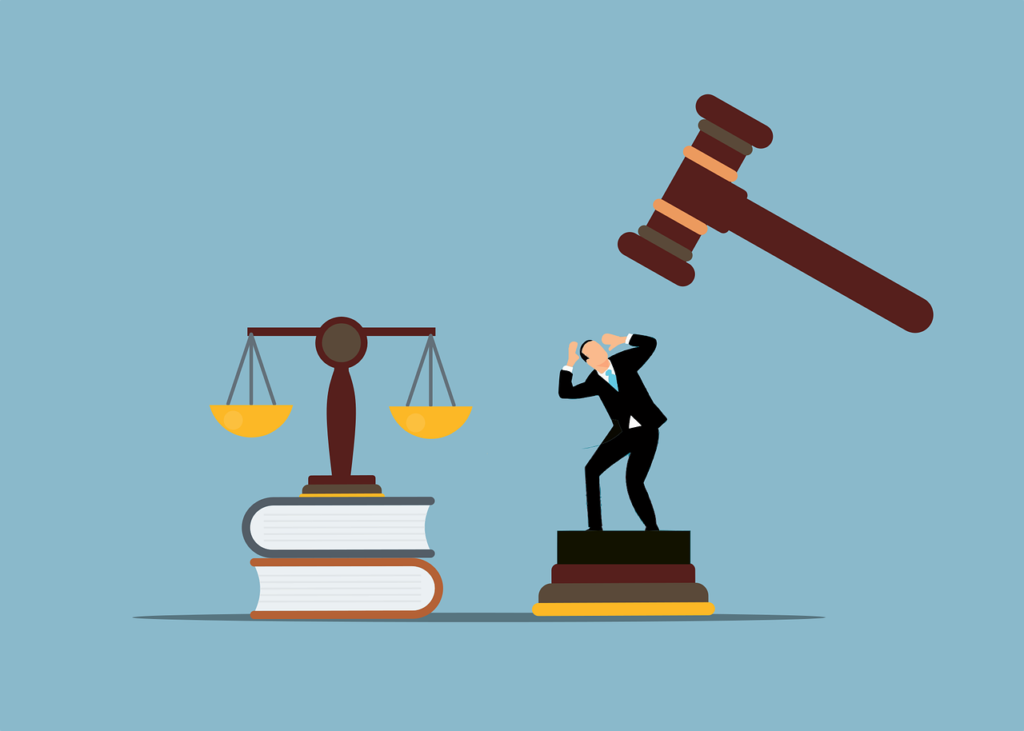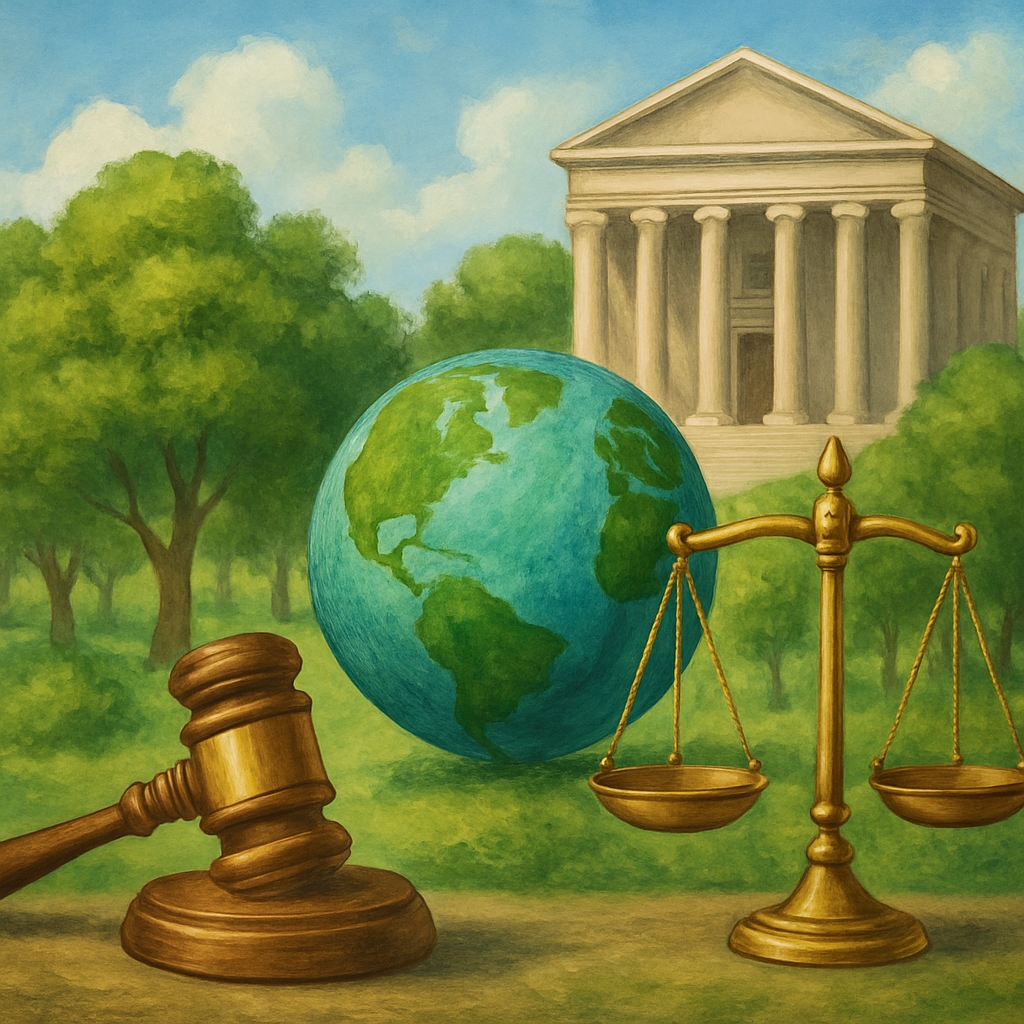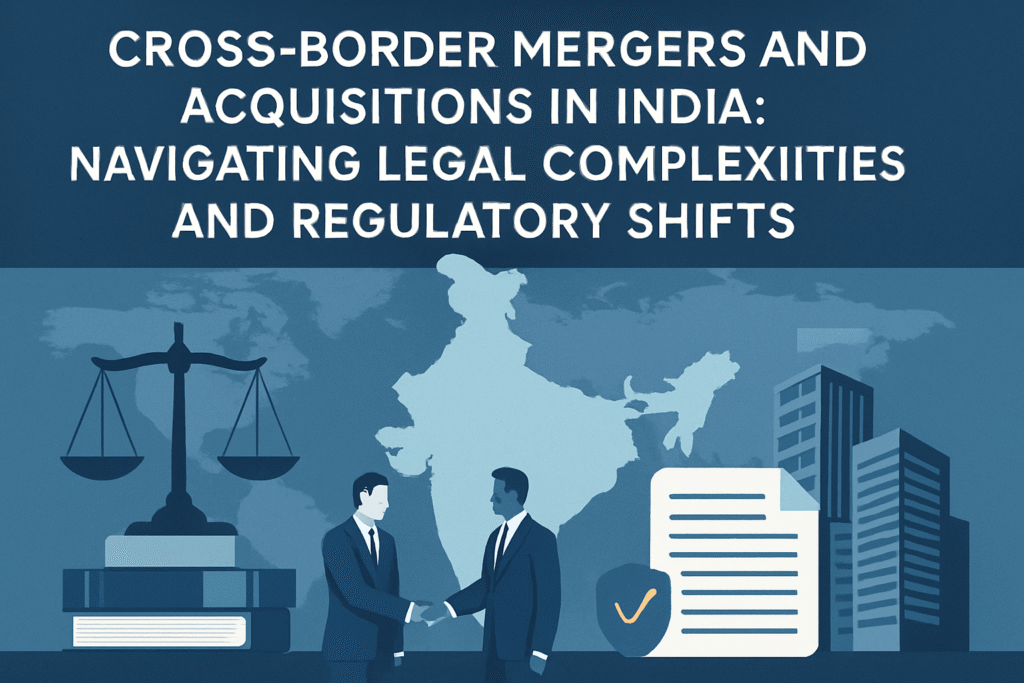Published on: 29th October 2025
Authored by: Akanksha Prajapati
Shambhunath Institute of Law
ABSTRACT
Hate speech has become one of the most common and critical manifestations of social activity in the digital age. This article represents a critical analysis of the concept of free speech, hate speech in India. The study delves into free speech, constitutional provision, the nature and the impact of hate speech, legal framework, judicial interpretation and key case laws. The analysis also highlights the contemporary challenges posed by hate speech in the digital age and the growth of social media and hate speech. Therefore, this study aims to offer an understanding of free speech and hate speech. It suggests the balancing act, media literacy and the public discourse for the improvement of the digital environment and the reduction of hate speech.
INTRODUCTION
Free speech is the right to express one’s convictions and opinions freely through spoken words, writing, printing, images, or any other means. Free speech is essential for the formation of free debate, public opinion, open/general discussion and the proper functioning of the democratic process.[1]. On the other hand, hate speech encompasses various forms of expression, including gestures, conduct, and written displays that have the potential to incite violence and lead to prejudicial actions against individuals or groups.[2]. However, Article 19(2) of the constitution empowers the state to put reasonable restrictions on freedom of speech, on the following grounds like security of the state, friendly relations, contempt of court and defamation, and hate speech is also considered as part of defamation under this article.
Reputation is considered an important part of the right to life under Article 21 of the Constitution. Therefore, a balance must be maintained between free speech and hate speech. The reputation of one cannot be sacrificed on the altar of the right to freedom of speech and expression.
FREE SPEECH: A CONSTITUTIONAL RIGHT
Article 19(1)(a)
Article 19(1)(a) of the Constitution deals with free speech. It provides that every citizen of the country has the right to freedom of speech and expression. Free speech is the cornerstone of democratic societies, which serves as a fundamental principle and helps in the exchange of ideas and opinions and therefore, facilitates the growth of knowledge and the development of societies. These rights are not absolute; the state may make reasonable restrictions on freedom of speech and expression. Freedom of expression has four broad special purposes to serve:
- It helps an individual to attain self-sufficiency;
- It assists in the discovery of the truth;
- It strengthens the capacity of an individual to participate in decision making; and
- It provides a mechanism for achieving a meaningful balance between maintaining social cohesion and enabling social transformation. [3]
In Romesh Thappar v. State of Madras[4], it was observed that “Freedom of speech and expression plays a crucial role in free political discussion and the proper functioning and democratic organisation and the government as well in the formation of public opinion. Furthermore, freedom of fre90e speech includes the liberty to propagate not only one’s views, but also the views of other people, and the right to propagate or publish. [5]
Reasonable Restriction under Article 19(2)
The right to freedom of speech in India has been enshrined within the Constitution of India itself. Article 19(1)(a) of the Constitution provides the freedom of speech and expression to all citizens. However, this article is not absolute, subject to certain limitations/ reasonable restrictions under Article 19(2), namely sovereignty and integrity of India, defamation, contempt of court, public order, decency and morality, incitement to offence, friendly relations with foreign and security of the states. Courts have been essential in interpreting this right, protecting it and highlighting how important it is to maintain the democratic forum.
Supreme Court in Ramlila Maidan Incident v. Home Secretary, Union of India,[6] Observed that while it is important to preserve and maintain freedom of speech and expression, the state also must place some reasonable restrictions for the maintenance of peace and social order.
THE NATURE AND THE IMPACT OF THE HATE SPEECH
Hate speech is an expression that is likely to cause distress or offend other individuals. It covers abusive and denigrating harassing speech targeting a group or individual, national, racial, religious or ethnic identity.
The Rise of Hate Speech in the Digital Age
The advancement of technology has brought about a change in the communication process in society through the provision of an opportunity for communication in society as well as the sharing of information. Therefore, enabled the fast escalation of hate speech[7]. The impact of the hate speech on the people and groups relevant to the community is critical. Cyberbullying abuse and other forms of hate speech are realities of contemporary society and pose a threat to society.
Social Media and the Growth of Hate Speech
In the context of social media and online platforms, hate speech may include any comment, post, picture or video which is meant to defame or offend, and can even cause harm to a person or group of people based on their characteristics. Social media blogs, forums and other online platforms have developed effective means for people to express themselves to a worldwide audience. Another trend in the growth of hate speech, it employs social networks to send obscene remarks and obscene behaviour, thus degrading the general user experience and making users susceptible to harassment.
In the case of Pravasi Bhalai Sangathan v. Union of India, [8]The Supreme Court provides a definition characterising hate speech as an attempt to marginalise an individual based on their group membership. This involves an endeavour to delegitimise group members in the eyes of the majority, ultimately diminishing their standing and acceptance within society.
LEGAL FRAMEWORK: STATUTORY PROVISIONS
- Indian Constitution
Article 19(1)(a) of the Indian Constitution provides for free speech, enabling the people to voice their opinions without interference. The freedom is not absolute thought Article 19(2) permits reasonable restrictions to uphold the sovereignty and integrity of the nation. Courts have been essential in interpreting this right, protecting it, and highlighting how important it is to maintain democratic norms.
- Bhartiya Nyaya Sanhita, 2023
Section 196- Promoting enmity between different groups on grounds of religion, race, place of birth, residence, language, etc. and doing acts prejudicial to the maintenance of harmony, he shall be punished with imprisonment which may extend to 5 years and shall also be liable to a fine. [9]
Section 356- Any person who harms the reputation of any person by words spoken or written, by sign, or by visible representation, or by publishing he shall be liable for defamation. The punishment shall include simple imprisonment, which may extend to 2 years or a fine or both, or community service.
Printing anything defamatory shall be punished with simple imprisonment, which may extend to 2 years, or with a fine, or with both.
Selling and offering to sell any printed defamatory matter shall be punished with simple imprisonment, which may extend to 2 years or with a fine or with both. [10]
- Information Technology Act, 2000
Section 69 A – The act allows the state to direct any agency of the government or intermediary to block access to any information or any computer resource.
Section 79(3)(b) – This section envisages a notice and take down regime wherein the intermediary is required to take down unlawful content upon receiving actual knowledge of its existence.
JUDICIAL INTERPRETATION AND KEY CASE LAWS
- Indian National Congress (I) v. Union of India, (2014) 1 SCC 1
In this case, the Supreme Court upheld the legality of Section 66A of the Information Technology Act, 2000, while offering clarification on its interpretation. The court’s decision states that online speech can only be blocked if it poses a serious threat to public order or has the potential to inspire violence. It emphasised how important it is to find a middle ground between maintaining public order and permitting free speech.[11].
- Shreya Singhal v. Union of India, (2015) 5 SCC 1
In this case, the Supreme Court struck down Section 66A of the Information Technology Act, 2000, which was sought to be violative of Article 19(1)(a) of the Indian Constitution. It was also observed that restrictions in order to be reasonable must be narrowly tailored. It must restrict only to what is absolutely necessary.
- Amish Devgan v. Union of India, (2021) 1 SCC 1
The Supreme Court held that Article 19(1)(a) of the Constitution cannot be pressed into service for defeating the fundamental right guaranteed by Article 21 of the Constitution. If one claims the right to speech, the others have the right to listen or decline to listen.[12]
- Anuradha Bhasin v. Union of India, (2020) 3 SCC 637
In the context of the internet shutdown in Jammu and Kashmir, the Supreme Court ruled that freedom of speech and expression through the internet is a fundamental right. The court emphasised that indefinite suspension of internet services is impermissible and directed the government to review such restrictions regularly.
- Radha Mohan Lal v. Rajasthan High Court, (2003) 3 SCC 427
The Supreme Court has held that freedom of speech and expression under Article 19(1)(a) includes the freedom of communication and the right to propagate or publish the opinion.
Conclusion and Recommendations
Article 19(1)(a) of the constitution preserves the right of free speech and expression contributes to maintaining our fundamental democratic principles and ideals. Indian Judiciary, particularly the Supreme Court, plays an instrumental role in safeguarding this right, with landmark judgements that balanced individual freedoms with societal and state interests. Cases such as Romesh Thappar v. State of Madras, Shreya Singhal v. Union of India, and Maneka Gandhi v. Union of India highlight the judiciary’s commitment to the protection of free speech while recognising necessary restrictions. However, on the other hand, hate speech is a major problem in any court. The availability of material online for anyone around the world has made this even a bigger problem. The Internet can be used as a counter to such hate speech by educating anyone, anywhere in the world, or in a specific country, regarding the need to be less offensive to others. With time, it is necessary to ensure that freedom of speech remains fluid with societal movements. To this end, the following recommendations are offered:
- Balancing Act- Maintaining balance requires constant communication among the stakeholder groups and the role of the judiciary. India needs to keep searching for an equitable middle ground that safeguards speaking freedoms and mitigates dangers to society.
- Media Literacy- Media Literacy and critical thinking promotion remains important in the era of the internet, a that is the only way for citizens to know what is true or false.
- Public Discourse- It is important that public discourse on matters of national interest is open. It is a necessity for the government, civil societies and the media fraternity to come up with a conducive environment that guarantees freedom of expression without retribution. All at the same time requires inclusive acceptance and tolerance. [13]
[1] Maneka Gandhi v. Union of India, AIR 1978 SC 597
[2] Jashanpreet Kaur, Dr. Gazala, ‘Hate Speech Vis-À-Vis Freedom of Speech in Indian Democracy’, (2024) 6 International Journal for Multidisciplinary Research, https://www.ijfmr.com/papers/2024/2/14942.pdf
[3] Dr. J. N. Pandey, Constitutional Law of India, (59th Edition, 2022).
[4] AIR 1950 SC 124
[5] Indian Express Newspapers (Bombay)(P) Limited v. Union of India, AIR 1986 SC 515
[6] (2012) 5 SCC 1
[7] Mohammad Nurhafiz Hassim, Nur Nasliza Arina Mohamad Nasir, Norena Abdul Karim Zamri ‘HATE SPEECH IN THE DIGITAL AGE: A STUDY IN TERMS OF IMPACT AND SOCIAL IMPLICATIONS’ (2024) 9 INTERNATIONAL JOURNAL OF LAW, GOVERNMENT AND COMMUNICATION (IJLGC) https://gaexcellence.com/ijlgc/article/view/4436
[8] AIR 2014 SC 1591
[9] https://devgan.in/bns/section/196/
[10] https://legalonus.com/defamation-section-356-in-bns/
[11] Saurabh Mishra ‘Balancing Act: Free Speech v Online Content Moderation’ (2025) 3 Integral Law Review https://www.iul.ac.in/LawJournal/Pdf/Volume_III_Manuscript_10.pdf
[12] https://www.drishtijudiciary.com/blog/exploring-the-judicial-approach-to-free-speech-in-india
[13] Saumya Dwivedi, ‘SPEAKING LIBERTIES: A COMPARATIVE STUDY OF FREEDOM OF SPEECH AND EXPRESSION IN INDIA, USA AND UK’, (2024) 12 International Journal of Creative Research Thoughts, https://www.ijcrt.org/papers/IJCRT24A5798.pdf




